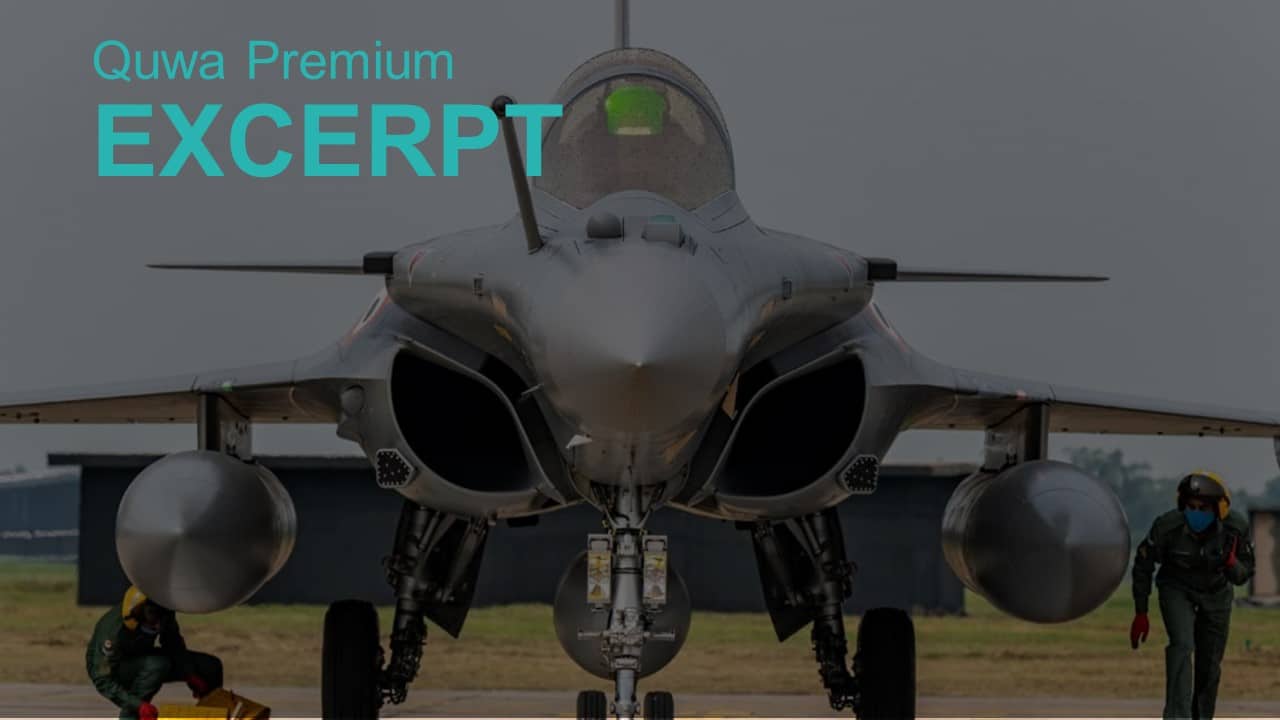2264Views

Pakistan Army Inducts HQ-9/P Long-Range Surface-to-Air Missile System
On 14 October 2021, the Pakistan Army (PA) announced that it inducted the Chinese HQ-9/P long-range surface-to-air missile (SAM) system.
According to the tri-services’ media arm, Inter Services Public Relations (ISPR), the HQ-9/P joined the PA’s ‘Comprehensive Layered Integrated Air Defence’ (CLIAD) system. The ISPR added that the HQ-9/P offers a range of “over 100 kilometres” with “Single Short Kill Probability.”
Analysis
Pakistan was never known for heavily investing in SAM systems, certainly not to the scale of its neighbours India and Iran, or most other major military powers for that matter.
With the exception of a limited HQ-2 deployment in the 1980s, the bulk of Pakistan’s SAMs did not offer more than 20-25 km in range. This, in comparison to India’s arsenal of Russian-origin S-300s and Buk SAMs, exposed Pakistan’s lack of interest in SAMs in the 1990s and 2000s.
This is not to say Pakistan was negligent. Pakistan’s coffers are not as full as India’s, so it frequently makes trade-offs when prioritizing programs. If anything, Pakistan likely understood the value of strong ground-based air defence (GBAD) development. However, it focused on other areas first.
Pakistan bought offensive, stand-off range weapons (SOW), electronic countermeasures (ECM), airborne early warning and control (AEW&C) aircraft, and multirole fighter aircraft. Pakistan used each of these key assets in its response to India’s Balakot strikes in 2019, and it was pleased with the results.
However, decision-makers across the tri-services earmarked funds for significant air defence investments for both land and sea. The HQ-9/P is the culmination of that initiative. In just the last 10 years, Pakistan’s SAM coverages extend beyond 100 km, completely outdoing decades of narrow reach.
But the most interesting aspect of Pakistan’s sudden air defence investment is its driver. In the past, air defence was the exclusive domain of the PAF. It had been the PAF that laid-out an air defence ground environment (ADGE) with SAMs, such as the Crotale and Spada-2000 Plus.
However, this new chapter is the story of Pakistan Army Air Defence Command.
The HQ-9/P induction follows several years of reports about Pakistan expressing interest in long-range SAMs. In fact, Pakistan’s initial interest in China’s long-range SAMs dates to the early 2000s when it sought the FT-2000. The FT-2000 was an export-oriented variant of the HQ-9 tipped with an anti-radiation seeker. It seemed to have been the first export version of the HQ-9. The FT-2000 had a range of 100 km.
Ultimately, Pakistan did not acquire the FT-2000. However, there were signs that a major air defence deal with China was underway in recent years. In 2016, a delegation of two major Chinese defence contractors – China Aerospace Science and Industry Corporation (CASIC) and China Precision Machinery Import and Export Corporation (CPMIEC) – visited Pakistan. The then Pakistani government said it planned on making a ‘decision for induction’ based on a ‘complete proposal’ from CPMIEC.
In December 2018, news reports emerged of Pakistan showing interest in the FD-2000. Quoting a Pakistan Ministry of Defence Production (MoDP) official, Russian News Agency TASS reported that the country may acquire three or four FD-2000 systems. While there was no follow-up to this news report, it seemed that Pakistan was working towards inducting a long-range SAM in the near future.
The HQ-9/P now follows the induction of the LY-80 medium-range SAM and FM-90 short-range SAM…
End of Excerpt (551 / 1,664 words)
You can read the complete article by logging in (click here) or subscribing to Quwa Premium (click here).
For more insights on Pakistan’s strategic programs, see:


